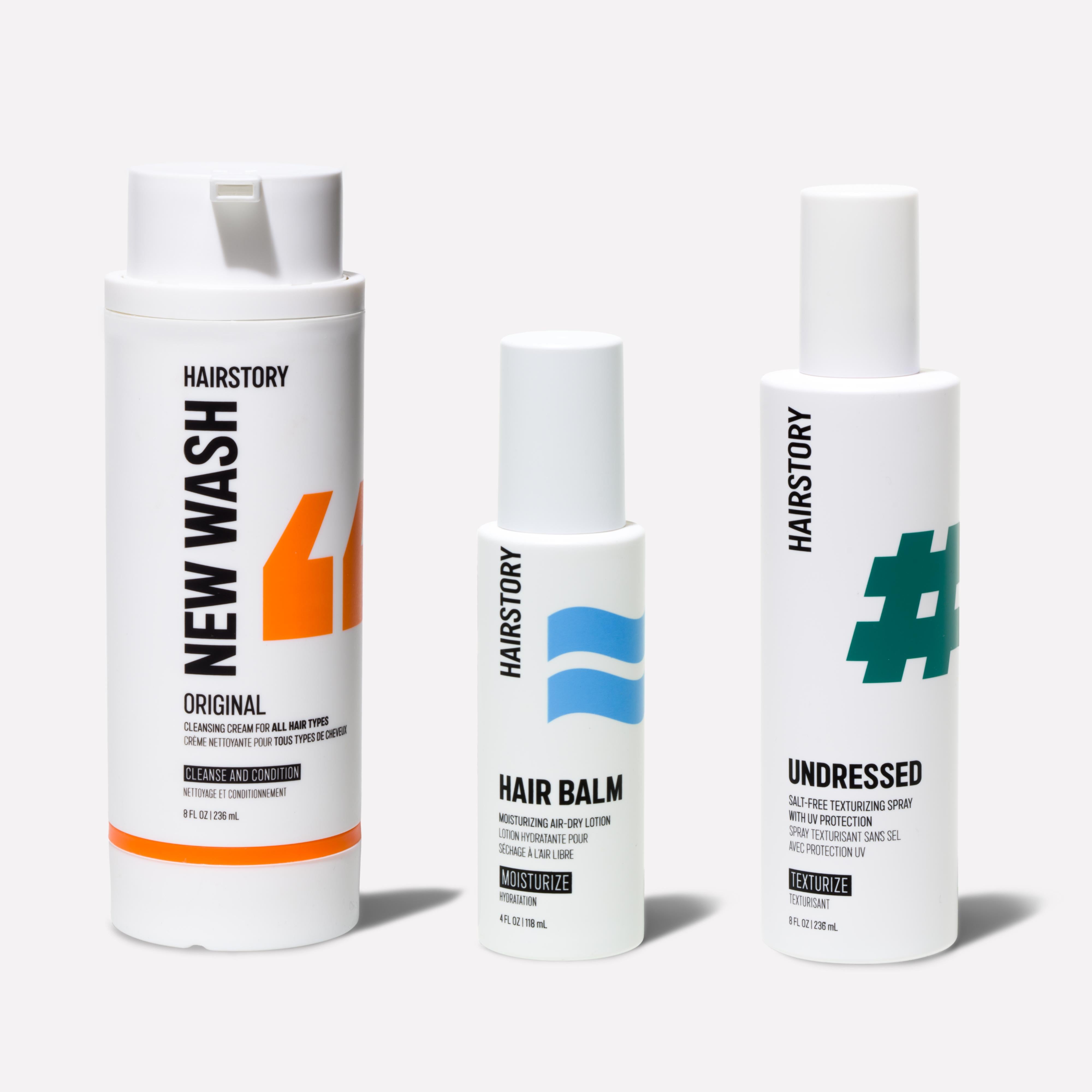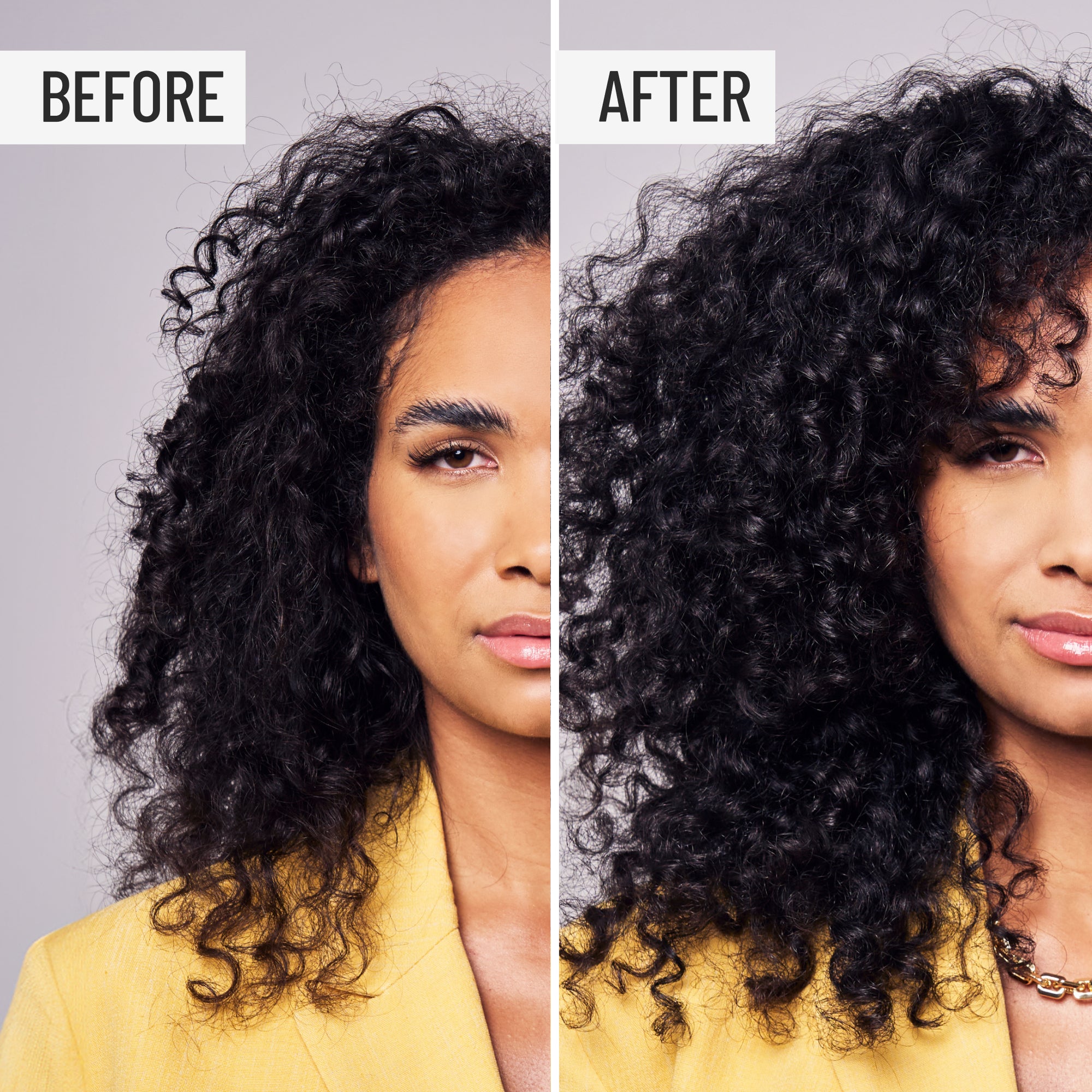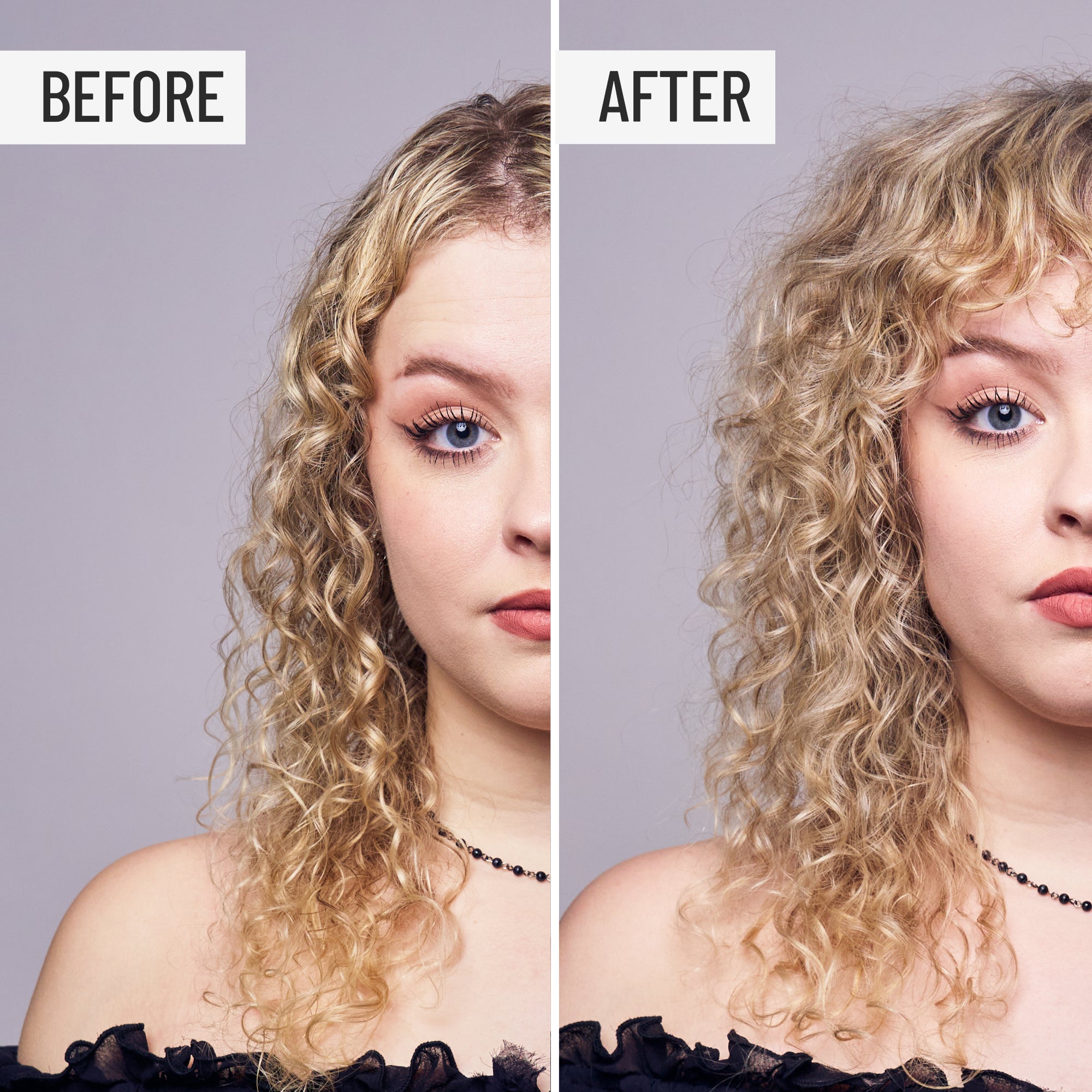Your hairbrush is a record of your hair care routine. The hair styling products you use, the natural oils you produce, and the skin you shed all collect in those bristles. So just as you keep your hair and scalp clean, keep your brush clean too.
DIFFERENT TYPES OF HAIR BRUSHES
First, let’s break down the basic kinds of bristles to make sure you’re using the right brush type for your hair type:
Fine Hair: Boar Bristles
Pure boar bristles are super gentle and glide through hair strands without pulling or snagging. A boar bristle brush also works well on dry hair to distribute oils from your scalp, your natural conditioners. So if you’re wondering how to do a messy bun with thin hair or more polished styles, keep a boar bristle brush on hand.
Curly Hair: Nylon Mixed With Boar Bristles
Brushes with mixed bristles are especially beneficial for curly hair because they increase tension and help define and add shine to curls and waves.
Medium-to-thick Hair: Nylon Bristles
Nylon brushes are versatile, but they are best for someone of medium-to-thick density hair. Nylon bristle brushes make detangling after a hair wash easy and help distribute your heat-protecting hair product evenly before blow-drying. If you’re wondering how to make straight hair wavy, a nylon brush can help.
Natural Hair: Denman Brushes
Denman brushes have a rubber base that helps minimize static while the rounded ends of nylon bristles gently penetrate and pass easily through hair that tends to break. If you’re wondering how to straighten hair without heat, a Denman brush can help to coax it.
And if you’re thinking about hair extensions, the best type of brush will vary based on the type of extensions you get, so be aware of how hair extensions work.
HOW DO YOU DEEP CLEAN HAIR BRUSHES?
Daily: Remove excess hair from your brush after each use. Hold your hairbrush in one hand and a comb in the opposite hand. If it’s a rattail comb with a pointed handle, snake the handle tip through the hairbrush bristles a few times to dislodge hair. Any pointed but not too sharp object will work – a pen, pencil, letter-opener, or ice-pick. For longer hair strands that get tangled in the bristles, use scissors to cut them away first. Alternately, use the comb’s teeth – widely-spaced work best – to rake through the bristles from all directions and lift the trapped hair up and out.
Weekly: You’ll need some gentle shampoo or simple liquid dish soap and an old toothbrush.
If you don’t use products in your hair often, you could decrease the frequency of washing your brush to every 2 to 3 weeks.
First, fill a bowl or your bathroom basin with warm water. Holding the hairbrush by its handle, swirl the brush head around in the water. Shake out the excess water from the hairbrush, and dribble a few drops of the shampoo or detergent on the bristles of the toothbrush and use it to scrub the bristles and base. Rinse the brush clean by swirling it around in the basin. Place the clean brush on a towel to dry with the bristles facing down.
Alternatively, add your detergent to the water in the bowl or basin and mix well. If baking soda is your household cleanser of choice, you could add a teaspoon. Dip the brush up to the base of the bristles and swish it around. Dip and shake several times, then drain the basin and refill with clean water to rinse.
Tip:Try to keep padding and wooden parts of the brush dry. Submerging or soaking your hairbrush in water could trap extra water inside the pad or cause damage to the wood. If the entire thing is made of plastic, no worries; submerge the entire brush in warm, soapy water, and let it soak for a few minutes. Use the toothbrush method if it needs an extra scrub, rinse, and let dry.
If you invest in high-quality hair styling tools and care for them as well as you care for your hair, you can expect years of good use. Happy styling.































